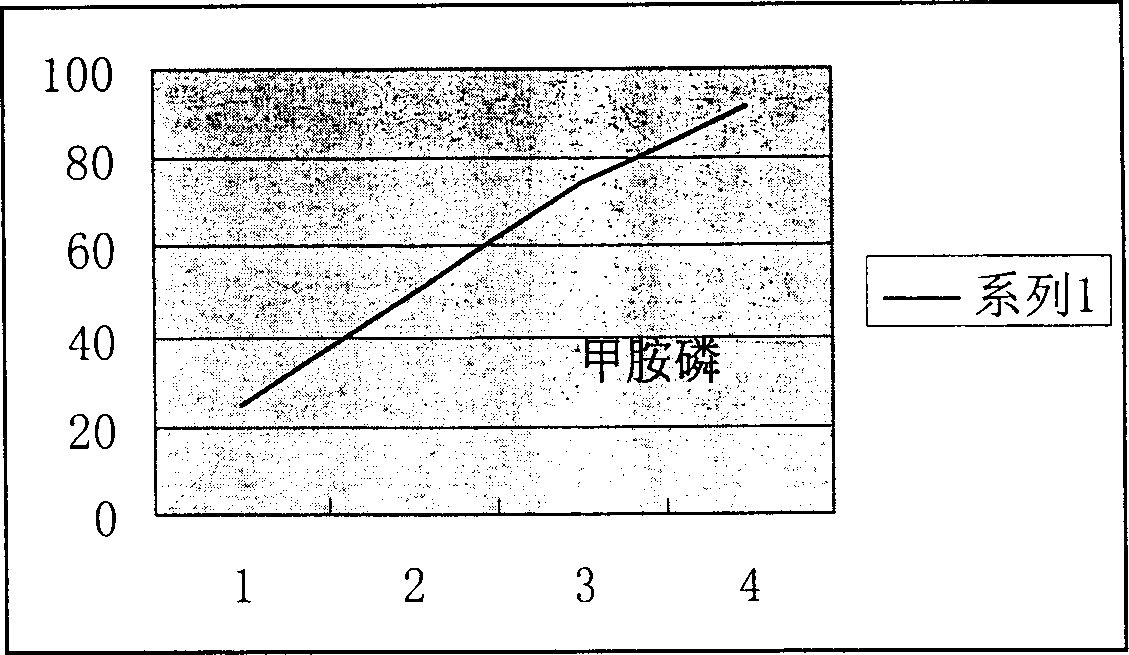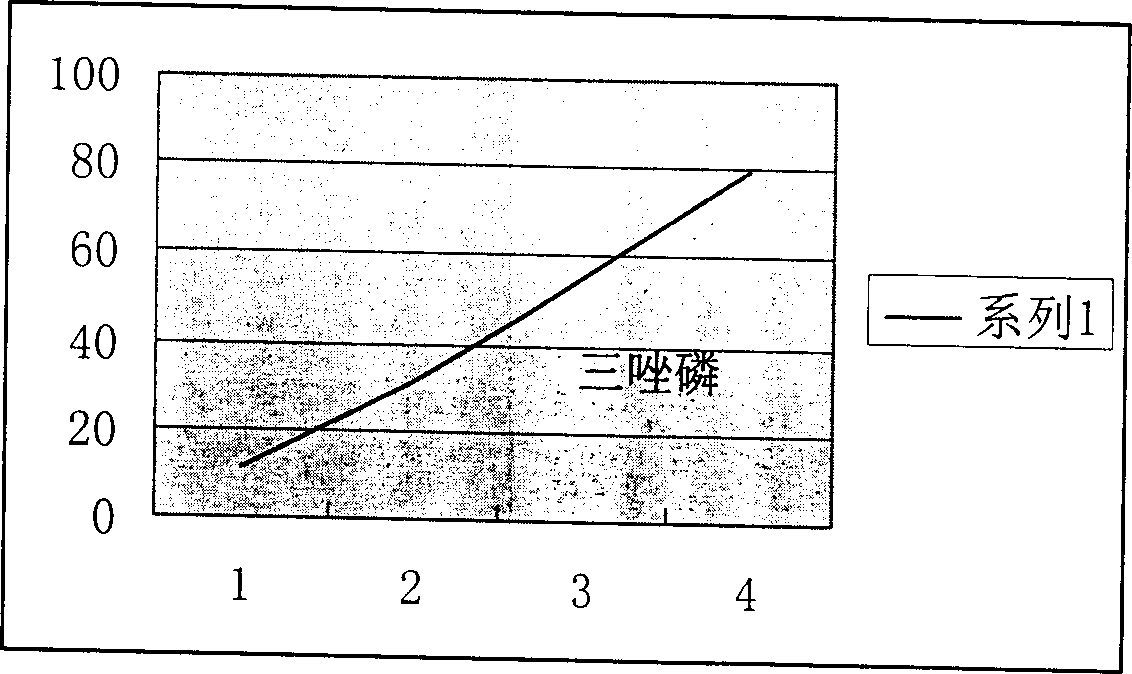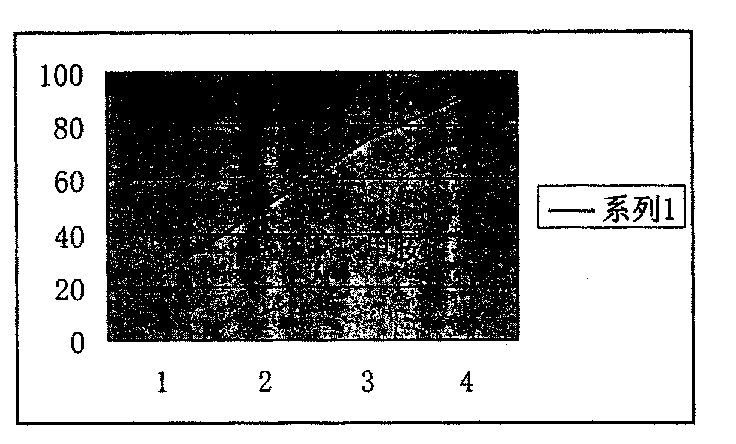Conventional pesticide residue quick detecting method
A detection method and pesticide technology, applied in biochemical equipment and methods, microbe determination/inspection, color/spectral characteristic measurement, etc., can solve problems affecting reaction balance, no correction, color interference, etc.
- Summary
- Abstract
- Description
- Claims
- Application Information
AI Technical Summary
Problems solved by technology
Method used
Image
Examples
Embodiment 1
[0009] Embodiment 1: Methamidophos inhibitory rate-the preparation method of concentration standard curve
[0010] 1. Take a 96-well microplate
[0011] 2. Add 50ul of enzyme diluent (30 times) and 50ul of methamidophos serial diluent (control group plus PB solution) and 50ul of substrate to the wells, and incubate at 37°C-38°C for about 15 minutes. Only add 50ul PB solution and 50ul substrate.
[0012] 3. After warming, add 50ul DTNB chromogen to each well.
[0013] 4. Measure the absorbance value (OD value) at 412 nm on a microplate reader.
[0014] 5. Calculate the standard curve of each pesticide inhibition rate under the series concentrations (25.02%, 49.45%, 74.21%, 91.83%) with the inhibition rate formula.
Embodiment 2
[0015] Embodiment 2: the preparation method of triazophos inhibition rate-concentration standard curve.
[0016] 1. Take a 96-well microplate
[0017] 2. Add 50ul of enzyme diluent (30 times) and 50ul of triazophos serial diluent (control group plus PB solution) and 50ul of substrate into the well, and incubate at 37°C-38°C for about 15 minutes. Only add 50ul PB solution and 50ul substrate.
[0018] 3. After warming, add 50ul DTNB chromogen to each well.
[0019] 4. Measure the absorbance value (OD value) at 412 nm on a microplate reader.
[0020] 5. Calculate the standard curve of each pesticide inhibition rate under the series concentrations (11.15%, 31.43%, 55.22%, 79.72%) with the inhibition rate formula.
Embodiment 3
[0021] Example 3: Rapid detection method for leaf samples.
[0022] 1. Sampling: Take 2 grams from 10-15 pieces of leafy vegetables as the test sample.
[0023] 2. Extract with 3ml of acetone and 50ml of bromine water (1%) for 3 minutes, pass through a 2cm high activated carbon column in a 20ml syringe, and let stand for 2 minutes.
[0024] 3. Add 50ul of acetylcholinesterase and 50ul of substrate ATCI (as a blank control) into a 96-well microwell plate, and incubate at 37°C-38°C for 15 minutes.
[0025] 4. After warming, add 50ul extract solution and 50ul chromogen DTNB to each well, and measure the absorbance value (OD value) at 412nm on a microplate reader.
[0026] 5. Calculate the inhibition rate, and compare it with the standard curve to determine the pesticide residue concentration and inhibition rate in the leaf samples.
PUM
 Login to View More
Login to View More Abstract
Description
Claims
Application Information
 Login to View More
Login to View More - R&D
- Intellectual Property
- Life Sciences
- Materials
- Tech Scout
- Unparalleled Data Quality
- Higher Quality Content
- 60% Fewer Hallucinations
Browse by: Latest US Patents, China's latest patents, Technical Efficacy Thesaurus, Application Domain, Technology Topic, Popular Technical Reports.
© 2025 PatSnap. All rights reserved.Legal|Privacy policy|Modern Slavery Act Transparency Statement|Sitemap|About US| Contact US: help@patsnap.com



